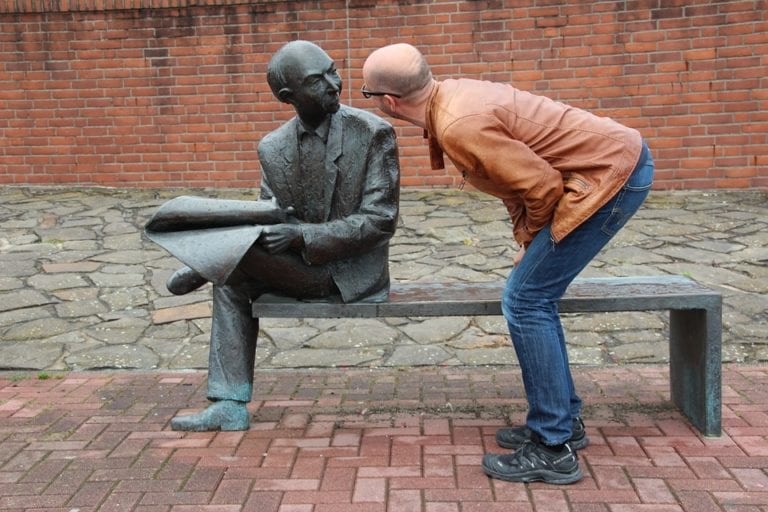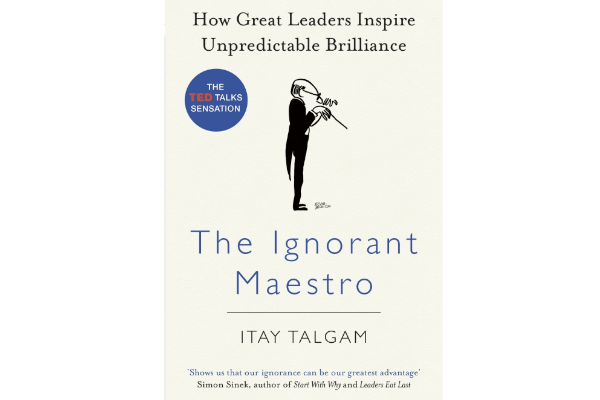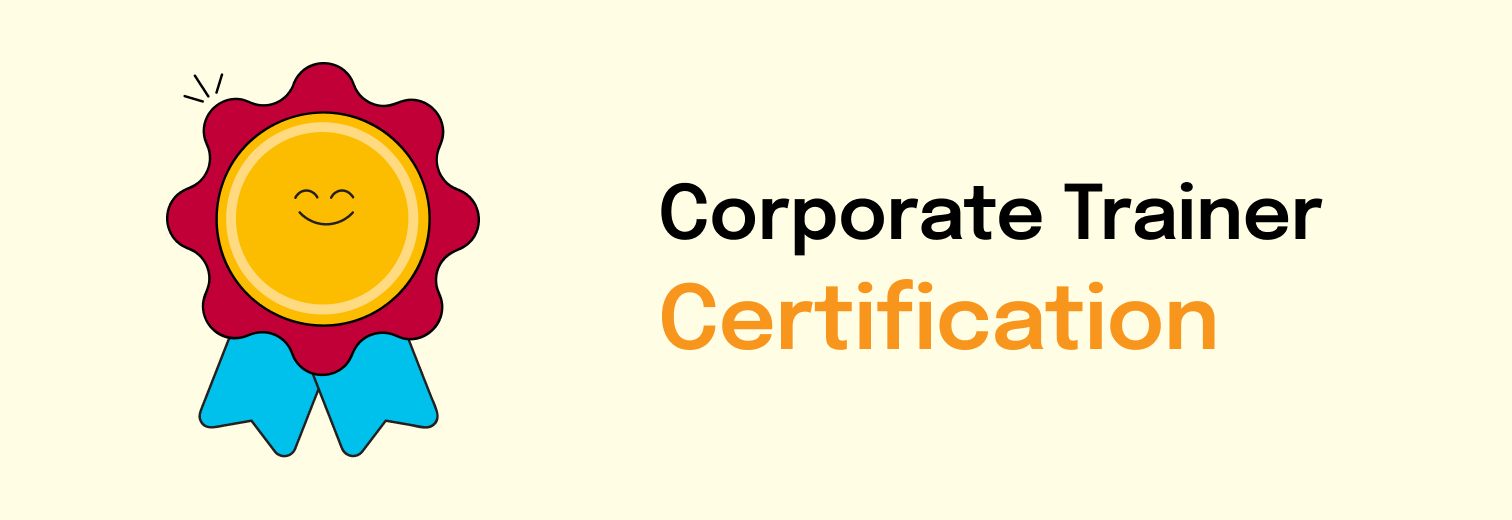Working with managers and teams across industries, one consistent challenge has stood out for us: how do you enable team members without solving all their problems for them? How do you lead without becoming a bottleneck?
That’s why “The Coaching Habit” by Michael Bungay Stanier continues to resonate with us — even years after it was published. It offers something many leadership books miss: practical simplicity. It’s not about grand theories but about seven everyday questions managers can use to build a coaching mindset.
This blog captures the core lessons from Part 1 of the book — updated with what we’ve seen work on the ground with teams, leaders, and even recent pop culture narratives.
If you are a manager and are looking for simple ways to coach your team and enhance their potential, Coaching Habit is a great book to pick up. Authored by Michael Bungay Stanier, Coaching Habit is a well-structured book, easy to read, understand, and apply.
The book first explains the need for managers to use coaching in their everyday conversations. Usually, a manager tends to get caught up in three kinds of vicious cycles, mentioned further ahead. As per the author, practicing coaching as a habit can help the manager break these cycles.
Also Read: One-to-One Coaching
Why Coaching as a Habit Matters
Table of Contents
Stanier opens with a truth many of us in L&D already know — managers get trapped in unproductive patterns. He calls these the three vicious cycles:
The Overdependence Cycle:
When managers constantly provide answers, team members become dependent. Building a coaching habit, in our view, is a great way to shift this by reinforcing autonomy and encouraging people to solve before they ask.
Building a coaching habit helps the team to be more self-sufficient by increasing their autonomy and sense of mastery.
The Overwhelming Cycle:
We’ve seen leaders burn out because they’re stuck solving everyone else’s issues. Coaching helps managers pause, delegate better, and focus on the work that truly drives business impact.
Building a coaching habit can help you regain focus so you and your team can do work that has a real impact.
The Disconnection Cycle:
When people forget why they do what they do, motivation dips. Coaching helps reconnect individuals to purpose. Just like in recent films like The Intern (Netflix 2024), where a leader’s quiet mentoring style reignites a disheartened team—it’s that human connection that often moves the needle.
Building a coaching habit can further help you and your team reconnect to the purpose of what you do. Coaching can help teams build the courage to step out beyond their comfort zone and familiarity.
The book then moves on to suggest seven essential questions that a manager can use to structure the coaching conversation. Let’s take a look at each question, the purpose it serves, and advantages.
Also Read: The Inner Game: An Exceptional Coaching Tool
The 7 Essential Questions
Stanier offers 7 deceptively simple questions that form the spine of a good coaching conversation. Each question, in our experience, holds depth and the power to shift the dynamic between a manager and team member.
The Kickstart Question: “What’s on your mind?”
This is a gentle yet powerful opener. It gives the coachee the reins while allowing the manager to zoom in on what truly matters.
The purpose of this question is to invite the coachee to get to the heart of the matter and share what’s most important to them. Through this question, you show that you trust them and the coachee has the autonomy to make the choice. At the same time, the question maintains focus on what’s most important.
The advantage of this question is that it prevents the conversation from going haywire. Usually, a coaching conversation not started well could digress into an extended small talk or some default assumptions without getting into the heart of it. The book further suggests that we can deepen our focus by using the 3P framework to identify the ‘heart of the matter’
The 3Ps of this framework being :
Projects :
This is the work at hand. It could be issues related to resources, approvals, etc.
People:
This is linked to the people the coachee is working with, more specifically the relationships that affect their work.
This reminds us of the recent film Air (2023), where the Nike execs go beyond “the deal” and try to understand patterns of risk-taking, leadership, and vision—before backing Michael Jordan.
Patterns:
This includes observable patterns of behavior and practices that are hindering progress. Often the hardest to discover, these often end up being the crux of all issues. It moves on to site a simple example – What is the most difficult thing to do when someone tells us what’s on their mind? It’s controlling the ‘Advice Monster’ in us, which further leads us to our next question –
The A.W.E Question: And What Else?”
This one’s a game-changer.
This question can be considered as one of the most important questions in a coaching conversation.
Too often, managers jump in with advice. We’ve noticed this “advice monster” tendency even in the most well-intentioned leaders. This question allows space for reflection. It signals that the manager is listening—not just waiting to talk.
It has 2 distinct advantages – first and foremost, it curbs our inner ‘Advice Monster’ from jumping in to provide solutions to the coachee as soon as he/she has told us what’s on their mind. Secondly, it opens up channels for more insights, more wisdom, and more possibilities. This question is not only useful at this point of the coaching conversation but can be used along with the other questions too.
Paul Nutt conducted rigorous research wherein he studied the outcomes of 168 decisions made within organizations. He found that in 71 % of the decisions, the choices preceding the decision was binary – basically – should we do this or not? He also concluded that decisions made with binary choices had a failure rate greater than 50 percent. This is how the A.W.E question proves to be useful by providing multiple insights to work with.
The A.W.E question can sometimes open up the Pandora’s box of issues. In our workshops, we use this question to deepen roleplays. We’ve found that participants discover more layers in scenarios just by staying curious a little longer.
This brings us to our next question, which is the “Focus Question.“
To be continued
However, in the spirit of keeping this short, interesting, and also to give you time to process the lessons you have learnt so far, I would like to continue the learnings received in Part 2 of this series.
These first two questions set the tone for a richer, more empowering leadership style. They’re also deceptively easy to try. At FocusU, we’ve embedded them into leadership development journeys and seen measurable change — in both culture and performance.
As we wrap up Part 1 of this series, we encourage you to try these two questions with your team this week. See what emerges. Notice how it feels to pause the “advice reflex.”
See you on the other side of this series!
Until then, here’s to asking better questions and building more connected teams.














